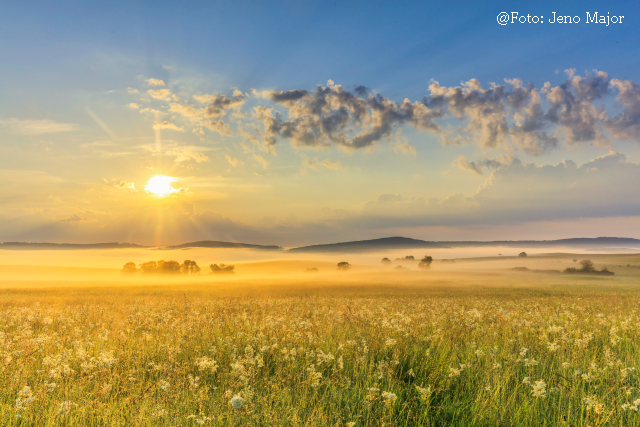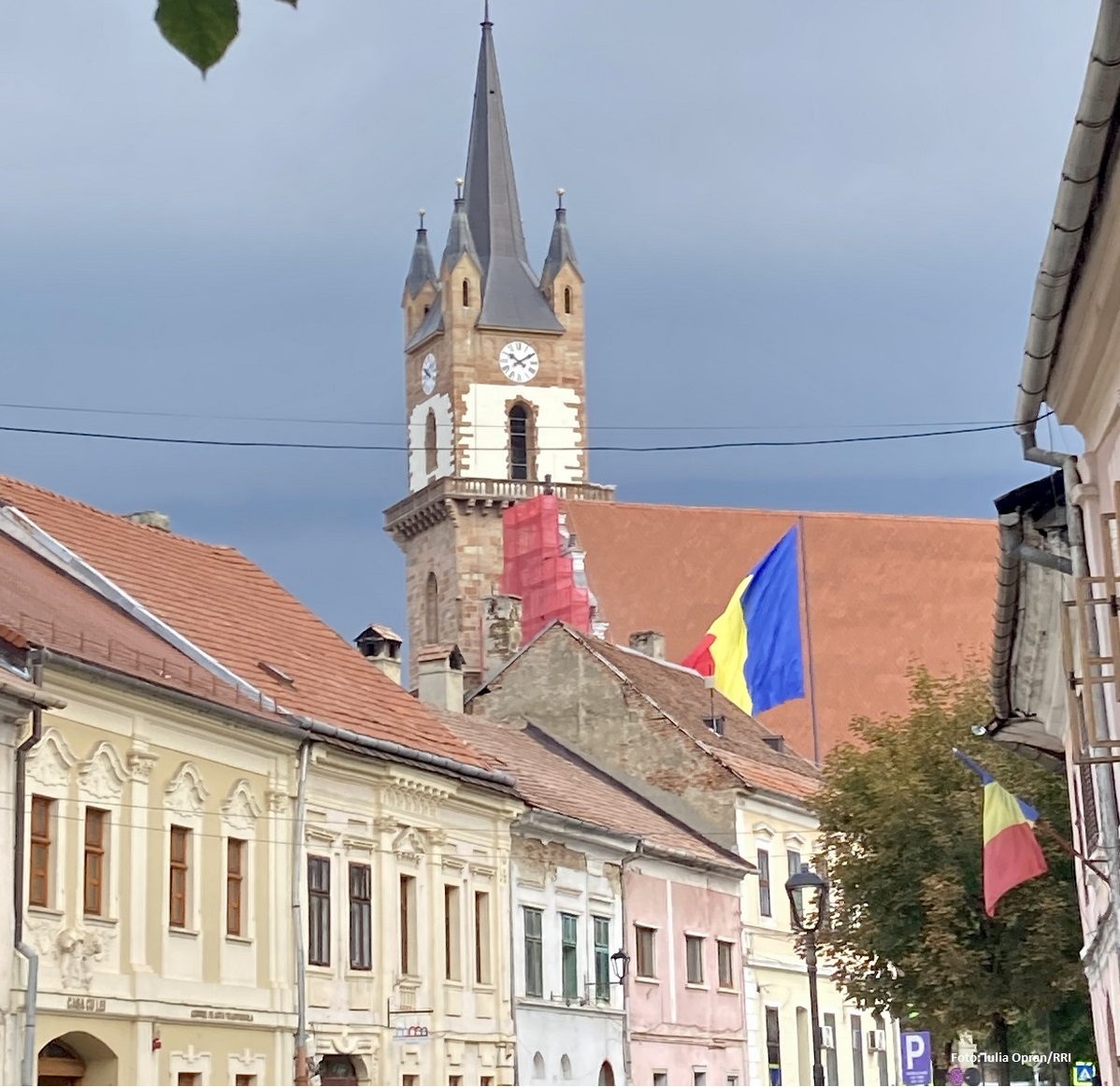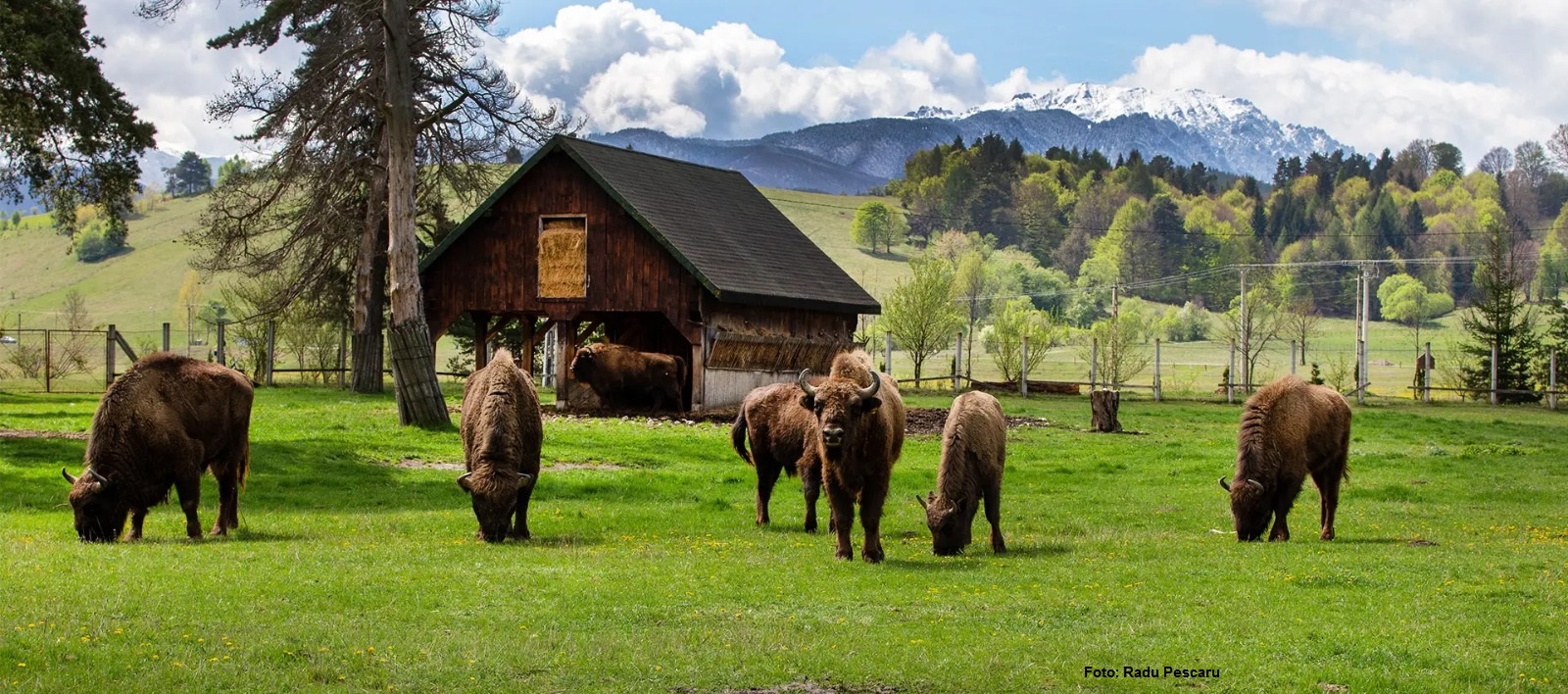The Transylvanian Highlands, a certified ecotourism destination
The area covers part of the territory of Brașov, Mureș and Sibiu counties.

Daniel Onea, 08.12.2022, 11:57
Fortified churches, UNESCO sites, traditional Saxon houses, that have been refurbished and turned into guesthouses, 600 kilometers of marked tourist routes for hiking and cycling, in a natural landscape that people have preserved for hundreds of years. These are some of the attractions of the Transylvanian Highlands, a new ecotourism destination which has recently received certification from the Ministry of Entrepreneurship and Tourism. The area covers part of the territory of Brașov, Mureș and Sibiu counties and is geographically delimited by the rivers Târnave, Hârtibaciu and Olt. The new certification means acknowledgement of the fact that ecotourism is the main form of tourism that ensures the sustainability of the communities here, says Cristina-Ana Iliescu, a destination manager: “Its a recognition that the Ministry of Tourism has offered several years ago. We enjoy this status alongside another three other destinations. The process itself takes time, is based on quite complex evaluation criteria and looks at the destination in terms of tourism but also in terms of sustainability and care for the environment. “
The Transylvanian Highlands is also known as the area of Saxon fortified churches. Some important tourist spots here are Sighișoara, Sibiu, Făgăraș. It is an area where we still have natural landscapes that have existed for centuries in a balance with human communities. People have built their lives around nature and in tune with nature. The landscape that you can see when you reach the Transylvanian Highlands is a mosaic.”
This landscape includes, in addition to villages with a typical southern Transylvanian architecture, with fortified churches, Saxon houses and Romanian houses and churches, a multicultural landscape, in a hilly, fairytale area. The area boasts pastures, centuries-old trees and plant species that can no longer be found elsewhere in Europe. Cristina-Ana Iliescu: “Biologists who come here are absolutely delighted that there is still such a great diversity of plant and bird species. If we talk about routes, the first one that comes to mind is Via Transilvanica, whose Tera Saxonum section crosses the north of the Transylvanian Highlands destination. I think of those who are passionate about biking. We have over 600 kilometers of trails that can also be covered by bicycle. There are routes for all tastes and for all levels. Those who are perhaps not as used to cycling should not be discouraged, because there are routes that use the old roads connecting the villages, which are partially asphalted or even dirt roads, so they are not necessarily extremely heavy. But there are sections specially dedicated to those who are a little more passionate about adventure and mountain biking – the cycling path that starts from Viscri and reaches Sighisoara, gradually descending into the villages along the route. We also have equestrian trails. We have a number of equestrian tour operators and riding centers at high standards. Water sports such as canoeing and kayaking can be practiced on the Olt River. Birds can be observed at a biodiversity center at Angofa, where visitors can get a glimpse of the work of a biologist in inventorying birds, butterflies and flora in the area.”
Tourists return to the Transylvanian Highlands for active holidays in the middle of nature, but also for local culture and traditions. They also appreciate the local cuisine. Over the past five years, the number of those coming to the area several times a year has increased, and the length of visits longer than three nights has doubled. Thus, local tourist operators who promote high standards are encouraged to continue, and communities recognize the value of nature and the customs they preserve, says Cristina-Ana Iliescu: “Visits to local craftsmen must be scheduled in advance, because a value of ecotourism, which we try to promote, is the fact that tourism is a component of a small universe. If a craftsman were available exclusively for tourists, then we would turn the area into a museum, something we do not want, because the Transylvanian Highlands is a living area. The tourist component somehow comes to complete this universe, and that is why visits to artisans must always be booked in advanced, ideally with the help of a local guide. Ecotourism aims to support the community as a whole. We want, through ecotourism, to avoid the idea of mass tourism, we want people to spend time, discover, feel and live experiences in peace, as we like to say.”
The winter holidays are around the corner. Can we think of the Transylvanian Highlands as a winter destination? Cristina-Ana Iliescu: “”Hiking can be done on foot even in winter. We cannot say that we have been lucky enough to have a lot of snowin recent years, but even without snow, the landscape remains an exceptional one. The view above the village of Biertan, the village of Şeica Mare, take your breath away and are worth a walk, to see a bit of the beauty of the colder season. The meadows, the forests are extremely beautiful even in the cold season and even without snow. And if there is snow, even more so. Some of the tour operators have prepared offers for the holidays. Also, customs such Fuga Lolelor in Agnita, held during the last weekend of January, deserves to be discovered by more tourists than before.” (EE)






























